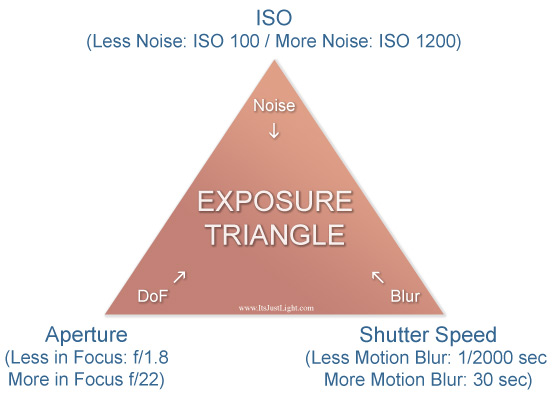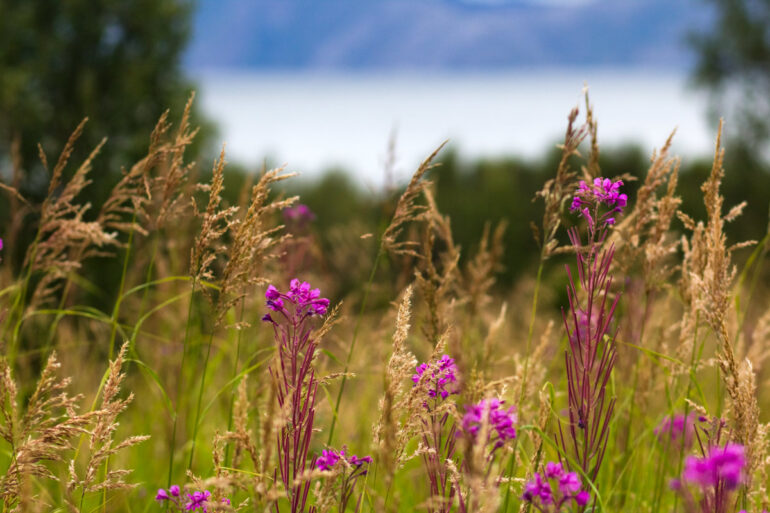We may earn a commission when you purchase through affiliate links. Learn more.
In photography, exposure is the result of three different elements or variables which control how much light your camera’s sensor is exposed to. These three photography exposure variables are:
ISO
With digital photography, ISO determines how sensitive the signal gain of a digital camera sensor is to light, and with film, it measures the sensitivity of the film itself to light.
Shutter Speed
How long the camera’s sensor or film is exposed to light.
Aperture
The size of the lens opening that light passes through to reach the digital sensor or film.
If you change just one of these exposure variables, you’ll be modifying the way your whole photo turns out and each variable brings its own additional side-effects that you’ll want to keep in mind. Learning how these different exposure settings of ISO, Aperture, and Shutter Speed work together takes some getting used to, but before long it will become second nature to you and you won’t even need to think about how changing each one can affect your photo!

The Exposure Triangle is an easy way to visually explain how the different exposure variables work and how they affect the overall exposure of your photo. With a good understanding of what each variable does, you can use them to create a photo that looks exactly how you want. Some photographers just press the shutter button and hope for the best, but if you take some time to study how exposure works, your photos will continue to improve.
Each corner of the exposure triangle holds one of the exposure variables: ISO, Aperture, and Shutter Speed. Changing one setting will either make your photo brighter or darker, but it will also affect the photo in more subtle ways too. You’ll learn all about the specifics of each exposure variable in the next few lessons and how higher ISO settings mean more noise in your photos, how slower shutter speeds mean more motion blur, and how a wider aperture means a shallower depth of field.

